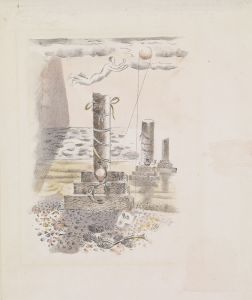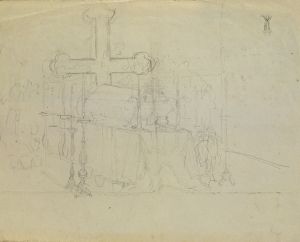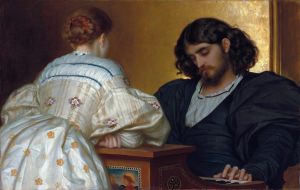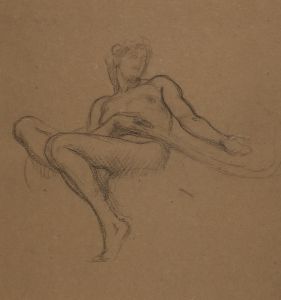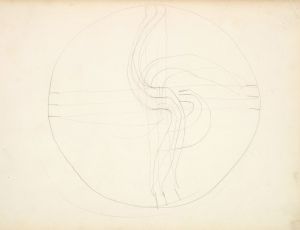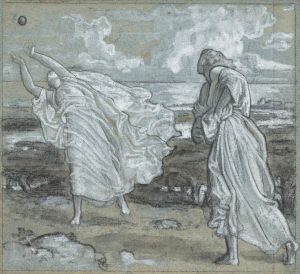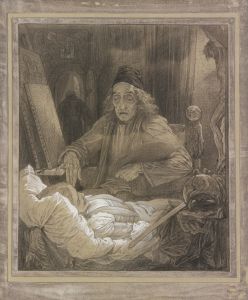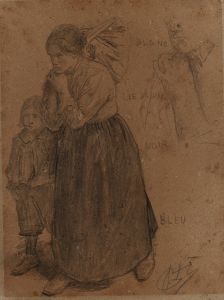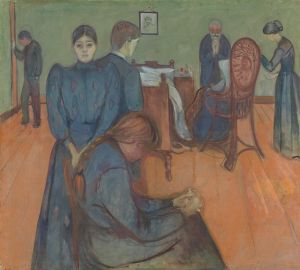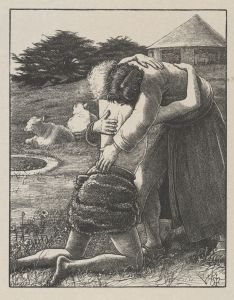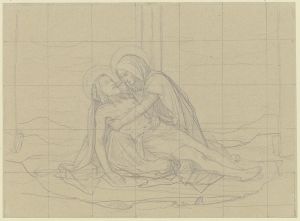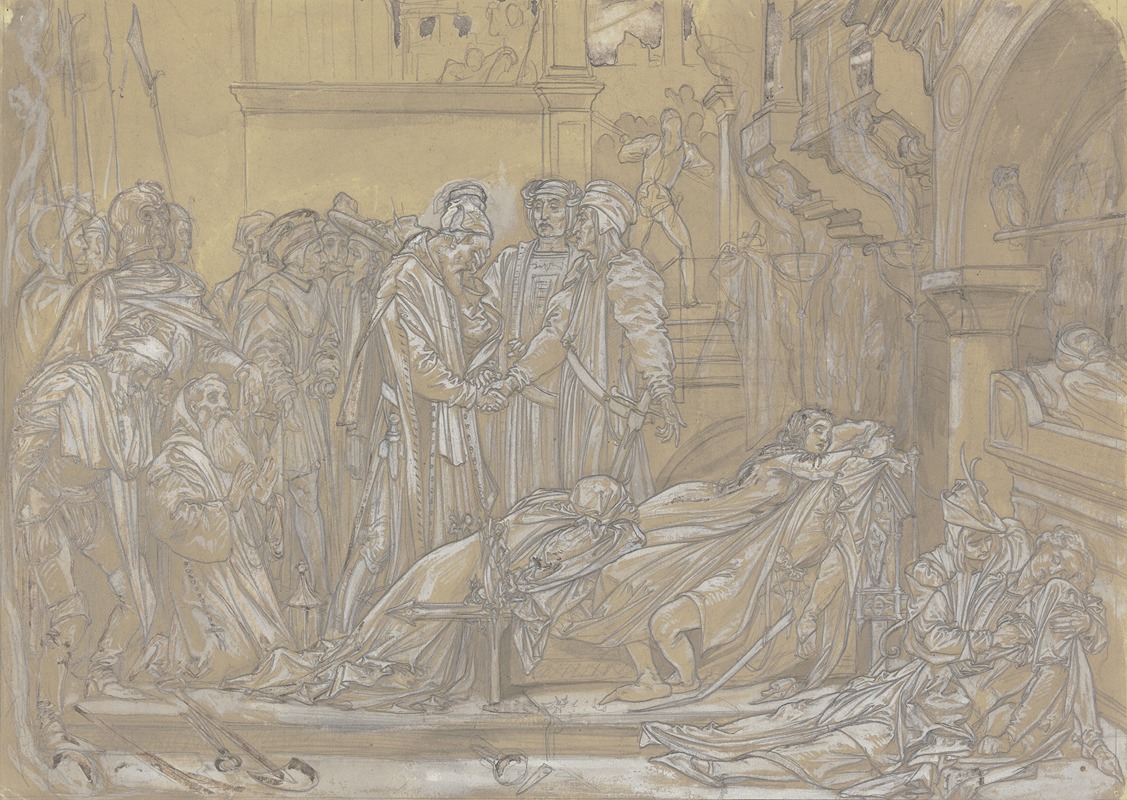
Die Versöhnung der Familien Montague und Capulet im Angesicht der Leichen von Romeo und Julia
A hand-painted replica of Frederic Leighton’s masterpiece Die Versöhnung der Familien Montague und Capulet im Angesicht der Leichen von Romeo und Julia, meticulously crafted by professional artists to capture the true essence of the original. Each piece is created with museum-quality canvas and rare mineral pigments, carefully painted by experienced artists with delicate brushstrokes and rich, layered colors to perfectly recreate the texture of the original artwork. Unlike machine-printed reproductions, this hand-painted version brings the painting to life, infused with the artist’s emotions and skill in every stroke. Whether for personal collection or home decoration, it instantly elevates the artistic atmosphere of any space.
Frederic Leighton's painting Die Versöhnung der Familien Montague und Capulet im Angesicht der Leichen von Romeo und Julia (translated as The Reconciliation of the Montague and Capulet Families Over the Dead Bodies of Romeo and Juliet) is a work inspired by William Shakespeare's tragedy Romeo and Juliet. This painting, created in 1855, reflects Leighton's early engagement with dramatic and literary themes, which were common in Victorian art.
The artwork depicts the climactic moment from Shakespeare's play when the feuding Montague and Capulet families reconcile after the tragic deaths of their children, Romeo and Juliet. The scene is set in a somber and emotional atmosphere, with the lifeless bodies of the young lovers at the center of the composition. The grieving parents are shown in a moment of sorrow and realization, symbolizing the futility of their longstanding enmity.
Leighton, a British artist, was known for his academic style and his ability to convey emotion and narrative through his works. This painting was exhibited at the Royal Academy in London in 1855, marking one of Leighton's early successes in his career. It was well-received for its dramatic intensity and its faithful interpretation of Shakespeare's themes of love, loss, and reconciliation.
The painting is notable for its use of color and composition to emphasize the emotional weight of the scene. The figures are arranged in a way that draws the viewer's attention to the central tragedy, while the muted tones and careful detailing enhance the somber mood. Leighton's skill in portraying human emotion is evident in the expressions and gestures of the characters, which convey grief, regret, and a sense of shared humanity.
Although this painting is not as widely recognized as some of Leighton's later works, such as Flaming June, it remains an important example of his early exploration of literary subjects. It also reflects the Victorian fascination with Shakespeare and the moral lessons drawn from his plays.
The current location of the painting is not widely documented, and it is not among the most frequently exhibited works by Leighton. However, it holds historical significance as part of his artistic development and as a representation of 19th-century interpretations of Shakespearean drama.





